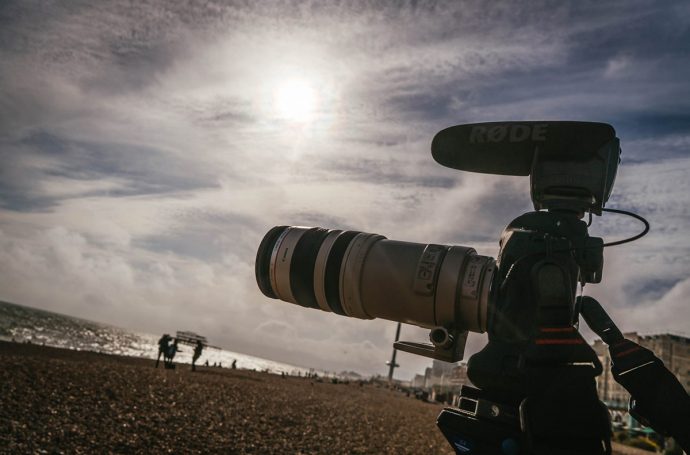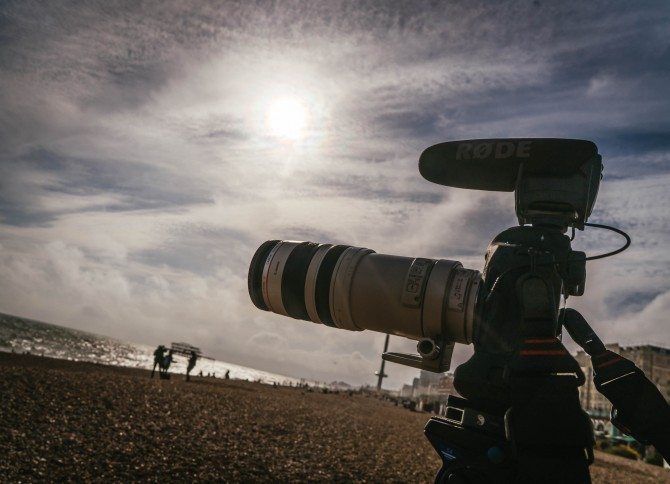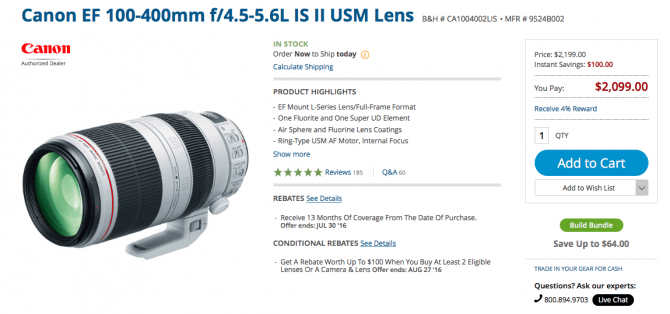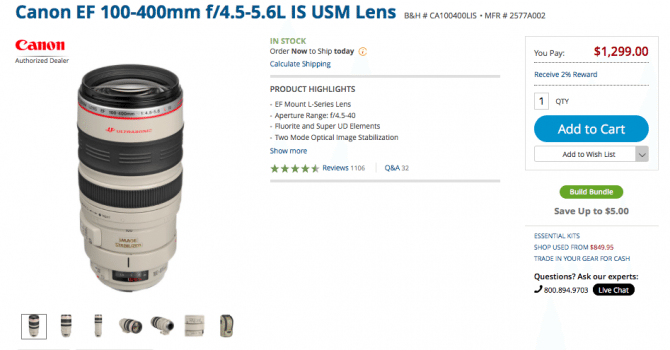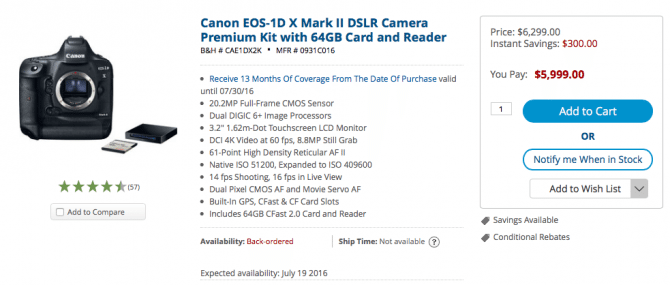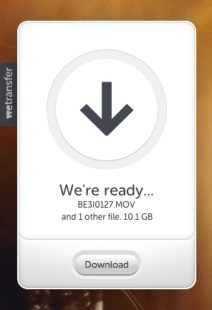I had a chance to try out the Canon 1DX MK II in March whilst in Sweden and the two features that really stood out for me were the ability to shoot 4K internally at 50p or 60p and the astonishing touch screen dual pixel autofocus. I did a few tests with the autofocus and shot some footage too…more on this later.
Whilst I am out of action work wise for for the foreseeable future, in fact it has been over 6 weeks since I was last able to work I have been trying to keep busy/ sane by making sure I stay creative. I made the huge Blackmagic URSA vlog review which is worth checking out if you haven’t seen it already. Once that was done I asked Hireacamera.com if I could borrow one of their new Canon 1DX MKIIs as I wanted to do an in-depth test/ vlog about video autofocus comparing this camera with loads of other ones. It has all been shot it just needs to be cut, so that is next. In that I will use some of the stuff from Sweden too as there was lovely shots from Gothenburg and Stockholm that I would like to show off!
Here is a little teaser of the Canon 1DX MK II autofocus in action, sliding in on motorised EVO slider from Rhino with a Canon 85mm F1.2 L wide open! See how well it does with facial tracking focus!
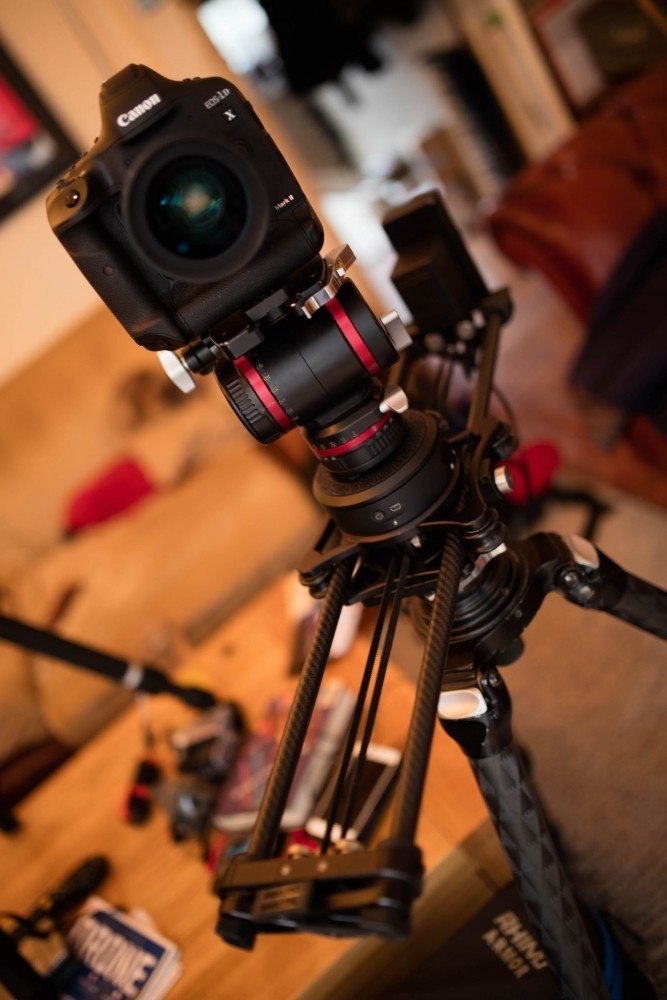
Canon 1DX MK II Autofocus tease from Philip Bloom Reviews & Tutorials on Vimeo.
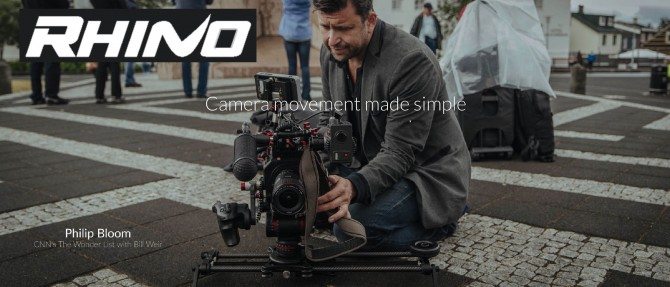
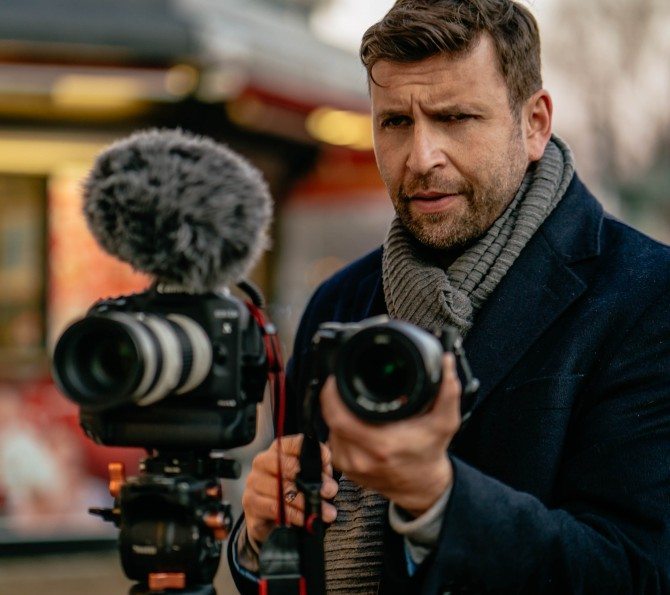
This week was the second annual Shadows and Light filmakers conference in Brighton that I co-organise and host. Whilst down there I had to do some filming with the 1DX MK II even though I was very busy with the conference. That is the joy of the English summer, nice long evenings, so I had time at the end of the first two days to go out and grab some shots. The downside of the English summer is it wasn’t exactly sunny; chilly and incredibly windy. The wind though turned out to be a visual blessing as you will see in the video.
The shots in the video were all done on the Canon 100-400 L version 1. I really should get the V2 but as you can see this lens still performs very well and is almost half the price.
I filmed for about 90 minutes or so on Sunday and Monday evening. The wind created two visually stunning things, especially on the Monday evening. The waves were huge and shooting with a big telephoto like this compressed the people watching them smash into the beach beautifully. The spray from the waves mixed in with the already sun which was already diffused by some hazy clouds. As you looked down towards the west of the beach the light was practically monochromatic because of this which looked incredible. Below are some frames of both the compressed wave/ people shots and the crazy light.
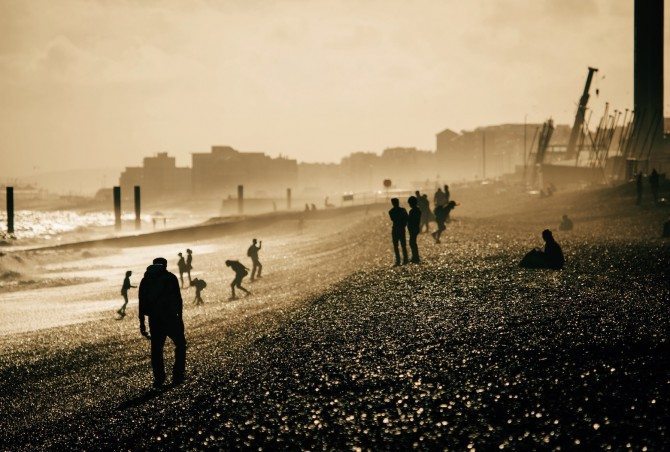
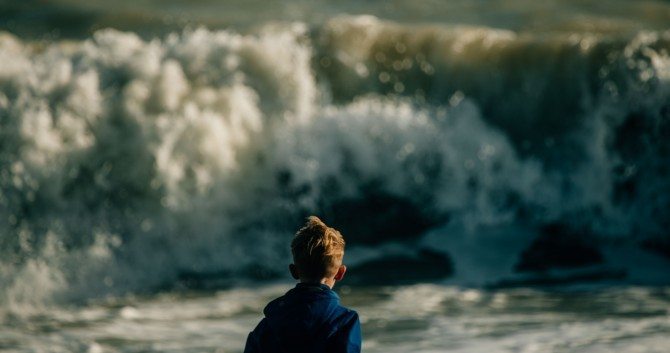
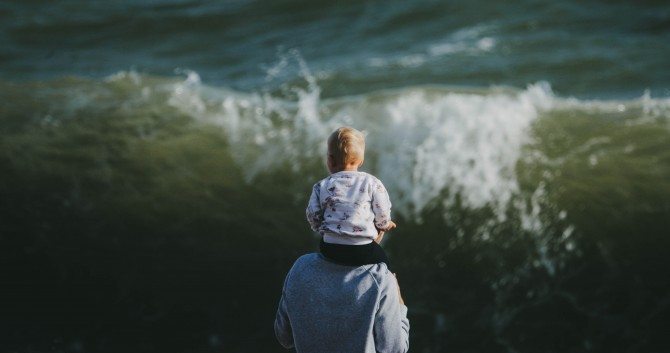
What took the longest in the edit, as is often the case, was finding the right music. The shots were dramatic and nothing I could find felt right. I have used classical music quite a few times over the years, in fact both the Blackmagic URSA Vlog and my Las Vegas Infrared video feature a lot of pieces of stunning classical music, so I listened through some of my tracks. A couple stood out as potentials, one in particular felt it could work perfectly although it was a bit long.
It is only when you try them out on the timeline does that magic moment happen, when you realise it is perfect. Elgar’s Cello Concerto 1st Movement bought with a royalty free license from royaltyfreeclassicalmusic.co.uk had the right mix of quiet, melody, drama, epicness and much more.
If you watch the edit carefully you will see how I took real care to get movements and actions of the selected shots to match the music. See how the boy ushers in the melody by spinning round in the third shot for example. Throughout the edit you will many example of image and music working beautifully together. It took a while but it was worth it.
The grade was done with FilmConvert using the Velvia stock. There is no preset for the 1DX mk2 yet but as I shot everything with the “prolost” settings of contrast minimum, sharpness off and saturation down -1 the 1DC prolost setting in the plug-in worked very well.
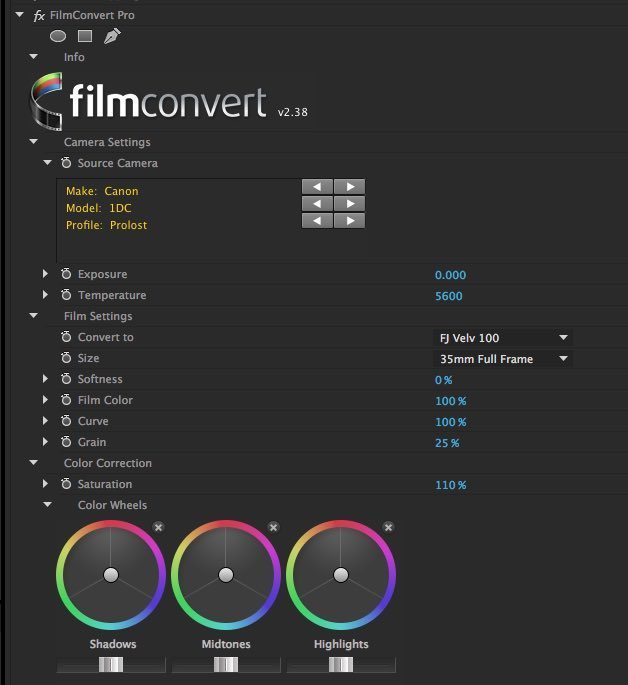
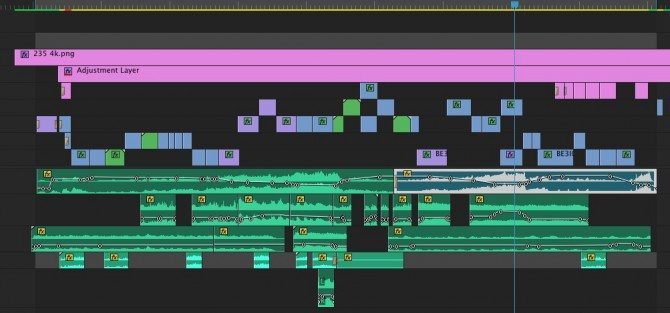
As I frequently do when using FilmConvert I used an adjustment layer for it and did the colour correction on individual clips. It is a nice easy way to use the software and with Premiere’s Lumetri panel colour correction is so easy with FilmConvert giving it a lovely grade over all the shots evened out below.
I did sometimes use Lumetri for more than just evening out exposure and colour temperature. There were a few shots that I wanted to be further down the edit but they were shot when the light was different so I did some heavier work in Lumetri with balance, contrast, saturation and curves. Below are a few examples of some side by sides. The out of camera shot on the left, the finished shot on the right.
The camera has no C-Log mode or anything flat at all. The prolost is as good as it gets in video for now…you can still work with it but if you are spoilt by log recently you will need to remember that reduced dynamic range!
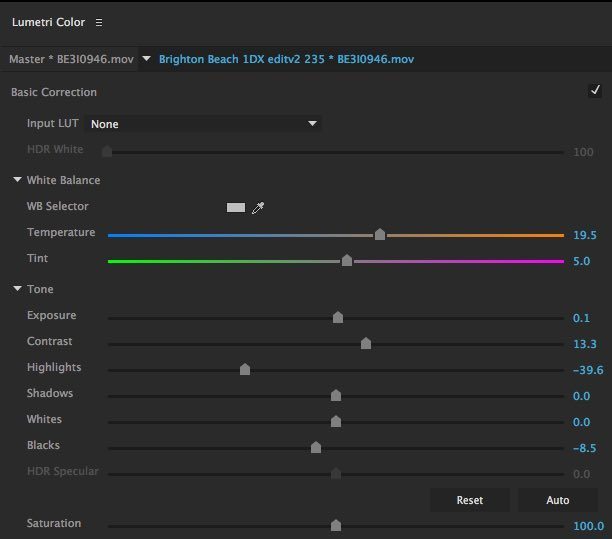
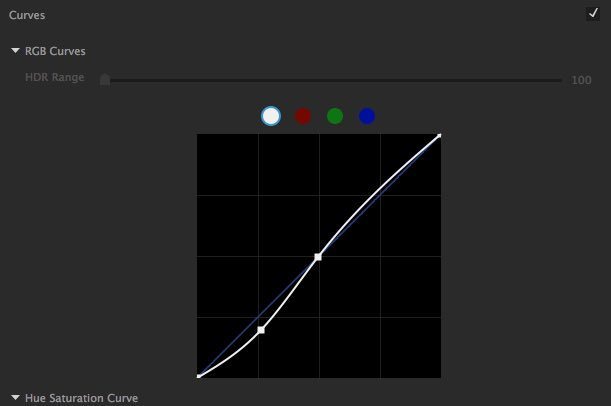
So what is the camera like to shoot with? The 1DC is still one of my favourite all time cameras for video. The 4K is so lovely, clean and aesthetically pleasing. the 1DX MK II feels like a replacement in some ways but lacks a couple of key features that the old 1DC has, notable the C-LOG and no time limit on recording. The latter is not a big deal but I did miss log on this camera.
In fact the camera feels so familiar to the 1DC that in some ways it feels like a sort of replacement for it but there are quite a few things I miss enormously from my Sony A7R II and A7S II. Two state of the art model stills/ video camera hybrids that have features that I doubt we will even see in the “when on earth is it coming out’ Canon 5D MKIV.
None of the below Sony A7S II/ A7R II features exist on the 1DX MK II…there are probably a few I have missed off too!
5-Axis stabilised sensor.
4K External recording via HDMI
Peaking
Built in wifi!
Punch in focus check whilst recording
Full frame 4K recording (4K on the 1DX MKII is 1.3x ish)
Switchable from full frame to S35 in 4K and HD (not on the A7SII)
Ability to attach proper audio device with XLR inputs (the internal mic is still absolutely atrocious)
S-LOG 3 (C-LOG / C-LOG 2 is the Canon equivalent)
That crazy good Sony clear image zoom…nor would I expect it on the Canon but wow is it handy!
Electronic View Finder
Tilting LCD screen
There are probably loads I have missed but these are some I have noticed and missed whilst shooting with the camera.
It is of course not all negative at all! There are many things which are marvellous about the camera:
The touch screen dual pixel auto focus is an absolute joy…more on this in my upcoming autofocus mega vlog!
The motion JPEG recording in 4K. whilst unwieldy (and I convert to ProRes LT to edit with it) gives a gorgeous moving photographic image. It is 422 internal, 8 bit but with a huge 800mbps bit rate!
The build quality is second to none. Just a total beast.
The stills performance is beyond fast. It can take continuous 14fps raw photos even in autofocus mode when using the CFAST 2 memory card (the other slot is compact flash)
The 100fps and 120fps in HD mode is actually full frame beating all the Sony A7 cameras which crop the sensor, although it is not the sharpest image in the world.
It is a pleasure to use, the menus make sense and the batteries last ages!!
It is an expensive camera, the only stills cameras that cost more are Leica and medium format digital cameras! You are paying for the build quality and the astonishing stills performance. The video out of it is beautiful, whether you want to pay the premium price to get it is up to you. Canon really need to start giving proper, up to date video performance in all their cameras now. That it is only in the 1DC and this is crazy! The could start by giving this camera some firmware to give it C-LOG and peaking, although I doubt the latter will happen. I asked constantly when it was coming for my 1DC…it never did!
Personally, I love filming with the camera. This build quality is why I took the 1DC with my on every episode of The Wonder List. It was my back up, my go to camera when the going got tough. This camera got spray from the sea during the shooting of the video, I didn’t bat an eye-lid. This camera laughs at sea-water! Well…sort of! It isn’t a GoPro, so don’t jump into the water without a waterproof housing!
There aren’t many cameras of this size that can shoot 4K 50p/ 60p…in fact I cannot think of any. This may be currently the only one. So that feature, with the astonishing auto-focus and amazing build quality are three killer features for this camera for video. Can you live without all those other things the Sony has? If you haven’t used one of those then maybe, if you have then you will absolutely miss them. I did, yet still this camera appeals greatly. If only I was actually working and earning money! Until my back heals I won’t be spending much, I especially can’t dropping £5K on a new camera, as tempting as this might be!
Some more photos of the 1DX MK II in Sweden:
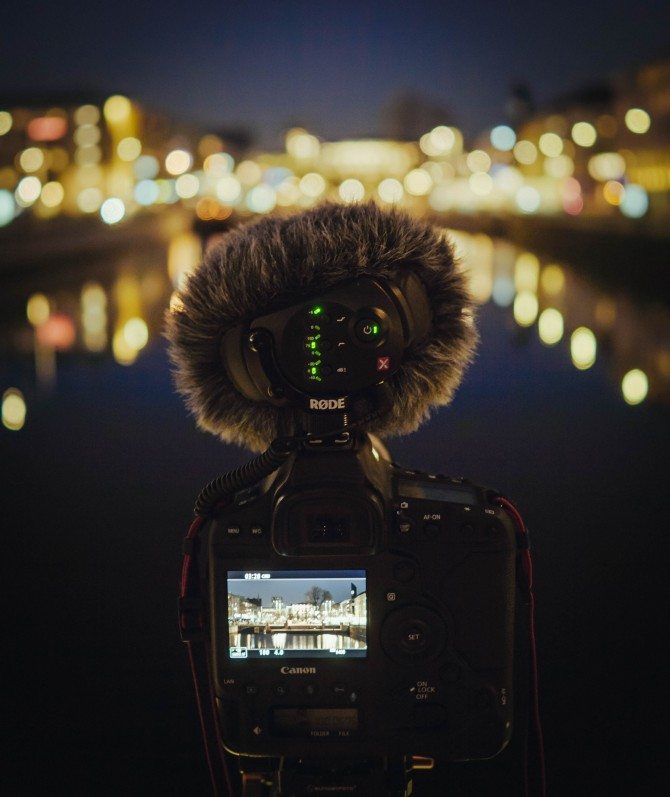
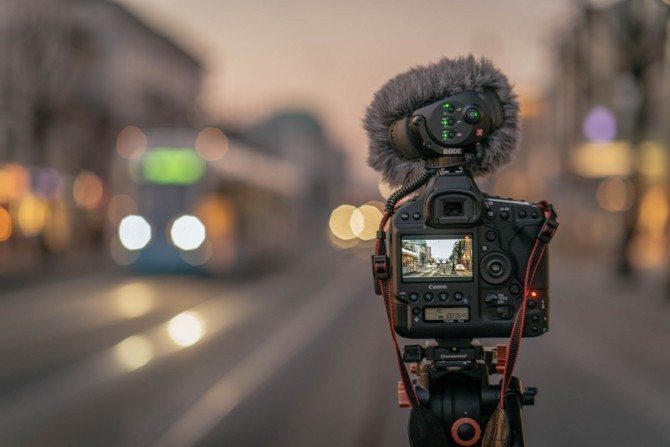
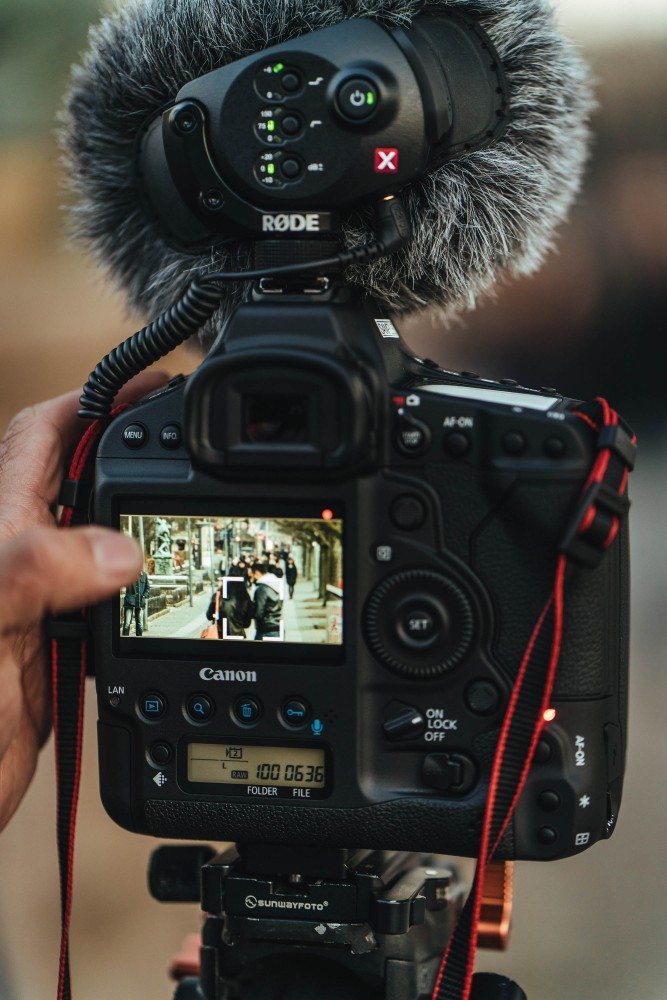
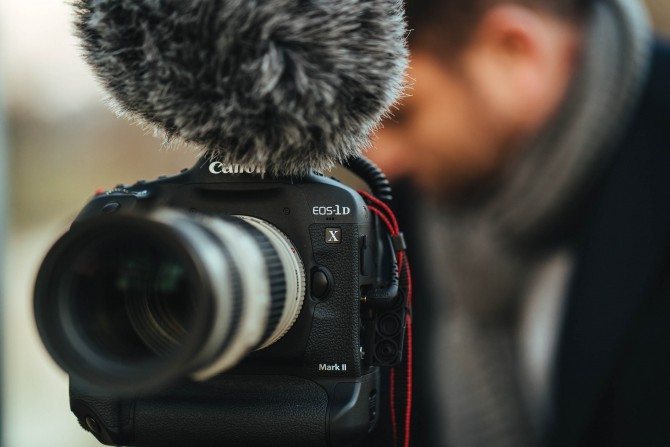
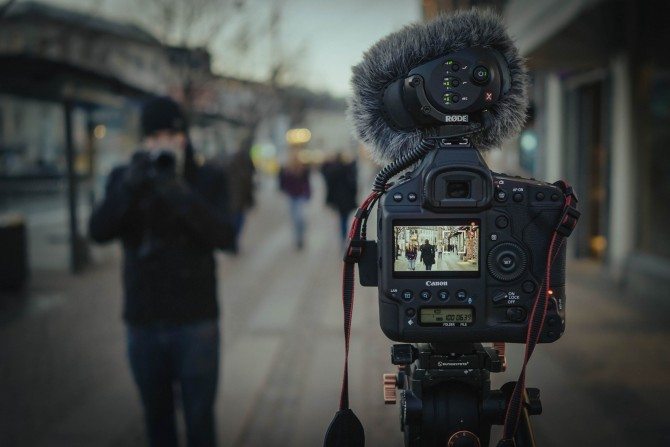
I did mix some 4K and 100fps HD in the edit, I just upscaled it and added some sharpening. It doesn’t exactly match of course. The 4K is so detailed…the HD cannot compare. What is nice is the high frame rate in HD is true high frame rate/ overcrank so it records and plays back in slow motion where as the 4K 50p that I used for most of the video needed to be interpreted as 25p in Premiere so you lose a bit of quality in the bitrate as it is stretched to slow motion, you do record sound though this way as a consolation. In HD HFR it is of course mute (see Blackmagic URSA review for a different story!) although none of the natural sounds in the edit are from the actual day anyway! It was far too windy so it was all done in post as foley.
The reason I didn’t shoot at 4K 60p or HD HFR 120fps is because those are only available in NTSC mode. I was in PAL as that is my default setting for my cameras. Yes it would have been nice to have had the shots a bit slower but these speeds work very well. If I had switched to NTSC then I wouldn’t have had to format the card if there were PAL clips on there. That is another plus against the Sony cameras which ask you to format the card if you change region, which is dangerous! I know people who have lost all the contents of their card by doing this accidentally.
Here are two native clips for you to check out. These are for strictly personal use only. Thank you!
I will talk more in-depth about the camera during my autofocus vlog. So here is the edit itself. I hope you enjoy it, I am quite proud of it considering how many times I have filmed in that location yet it feels fresh. Check out some of my other Brighton edits below this!
The Brighton Beach Concerto from Philip Bloom on Vimeo.
Now I See from Philip Bloom on Vimeo.
4K: Observation Wheel: Sony A7s & Atomos Shogun from Philip Bloom on Vimeo.
Two Forty from Brighton: Sony FS700 from Philip Bloom on Vimeo.
4K Experimentations: Blackmagic Infrared from Philip Bloom on Vimeo.

